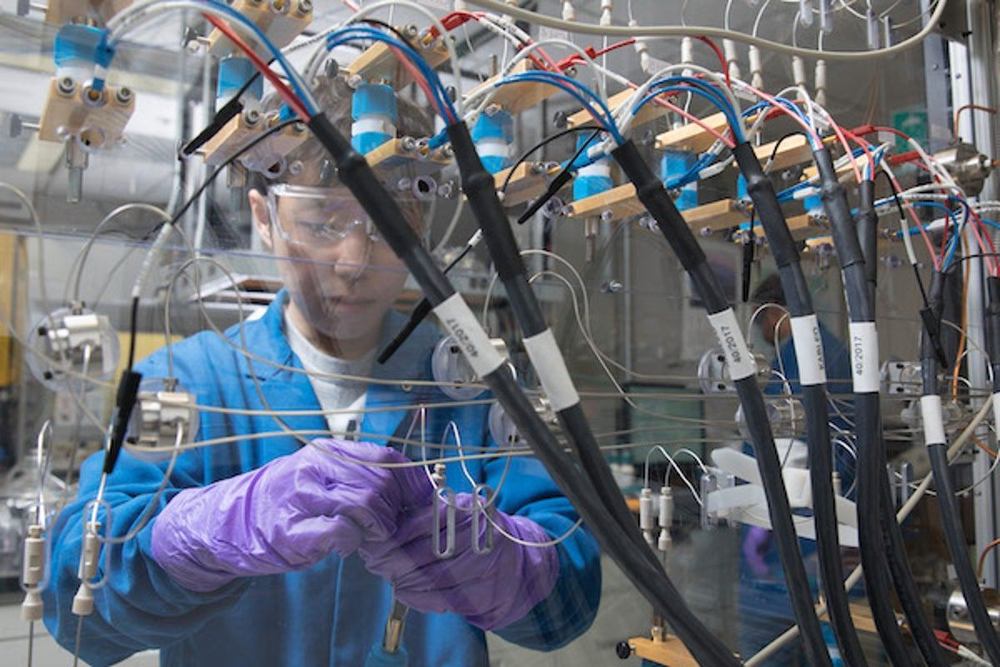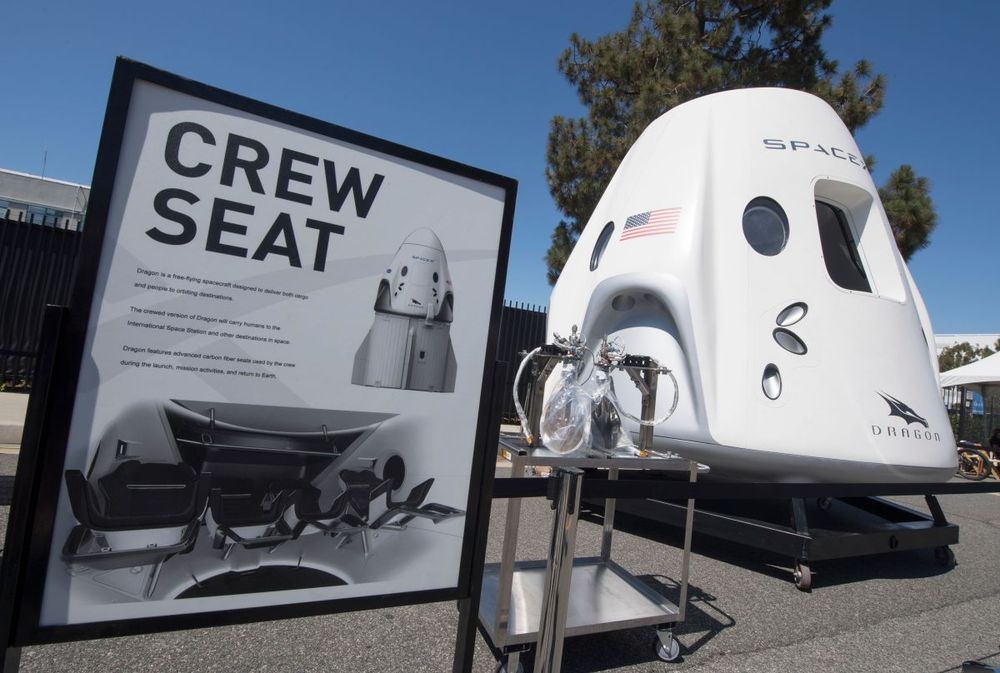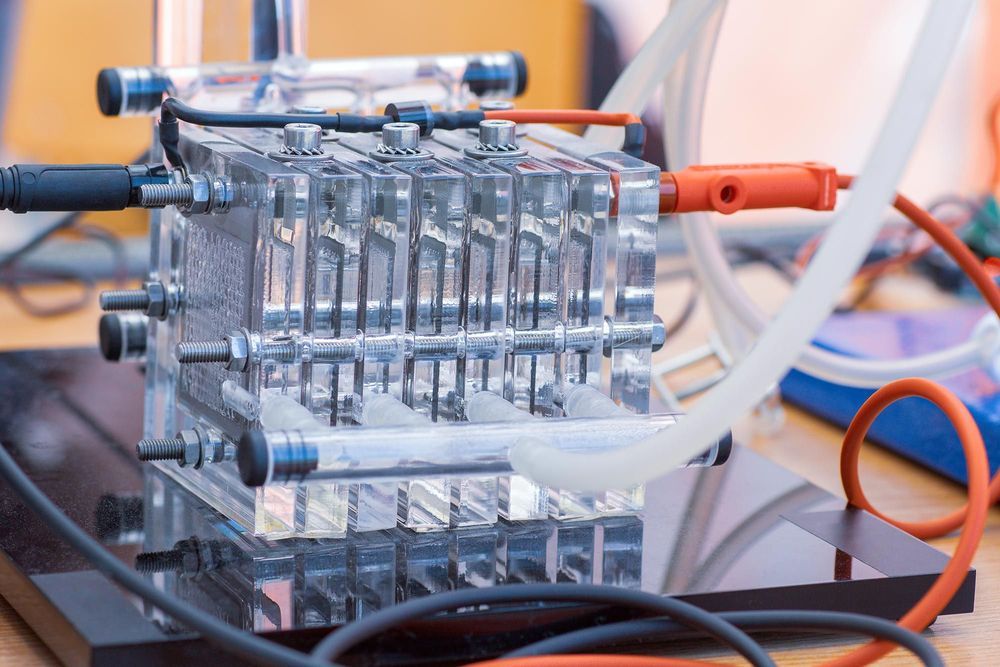Jan 10, 2020
Guardian of The Amazon: Ms Nenquimo protects environment and health for her people and the world
Posted by Eithen Pasta in categories: biotech/medical, government, law, life extension, sustainability
Guardian of the Amazon! — Come hear the recent ideaXme (http://radioideaxme.com/) episode where we are joined by Ms. Nemonte Nenquimo, President of the Waorani Pastaza Organization, CONCONAWEP (Coordinating Council of the Waorani Nationality of Ecuador), following their recent landmark legal victory against the Ecuadorian government, leading to 500,000 acres of Amazon rainforest protected from oil drilling and timber companies (English voice over — Spanish audio link to be posted soon) — #Ideaxme #Amazon #Rainforest #Jungle #Ecuador #Waorani #Huaorani #Amerindian #Environment #Trees #Herbal #EthnoMedicine #Sustainability #Ayahuasca #ClimateChange #GretaThunberg #Health #Wellness #Longevity #Aging #IraPastor #Bioquark #Regenerage
Ira Pastor, ideaXme exponential health ambassador, interviews Ms. Nemonte Nenquimo, President of the Waorani Pastaza Organization (CONCONAWEP — Coordinating Council of the Waorani Nationality of Ecuador). This is an English language voice over of Ms Nenquimo’s audio interview.


















